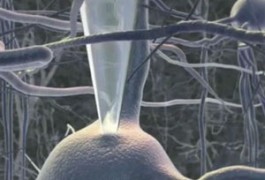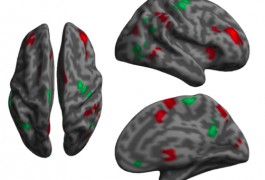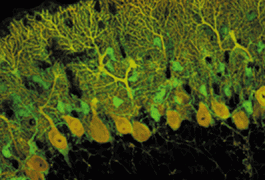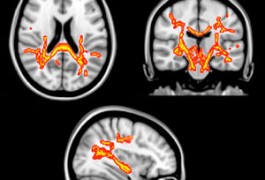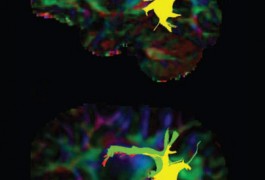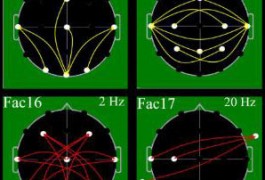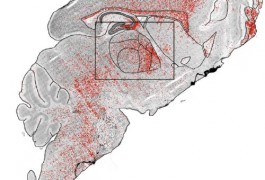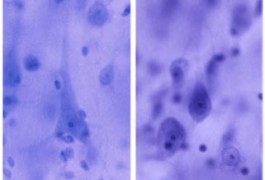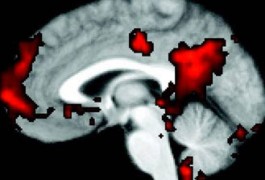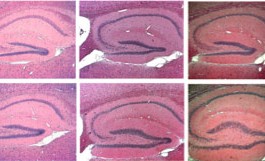Robotic tool profiles patterns of neurons
Researchers have launched a $4.3 million five-year collaborative effort to profile thousands of types of neurons in the brain, detailing their shape, signaling patterns and gene expression. The project was presented in a poster session Tuesday at the 2012 Society for Neuroscience annual meeting in New Orleans.
